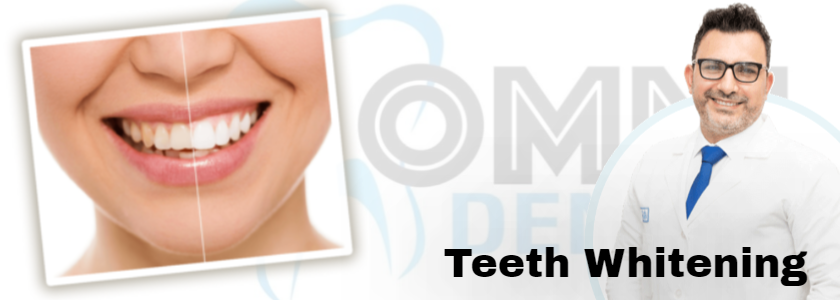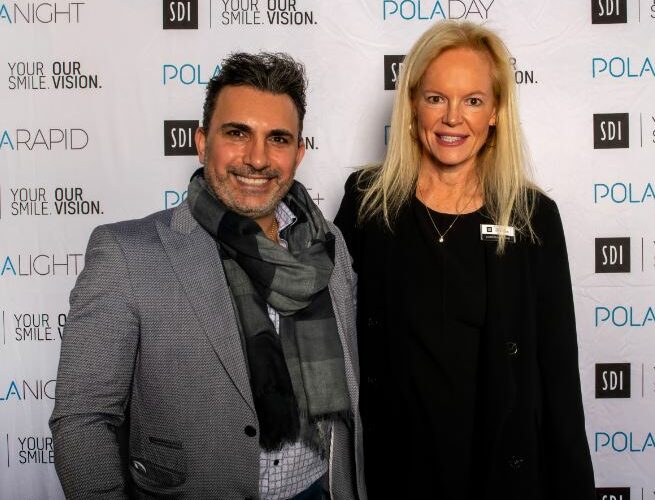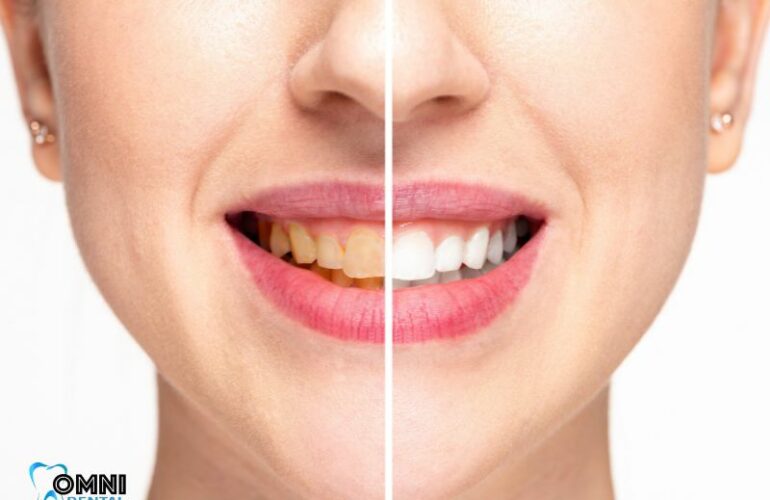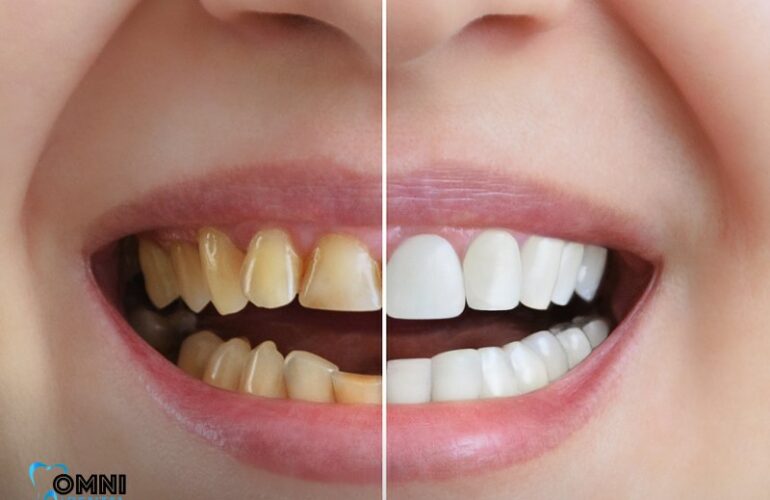The diminished brightness of your teeth may be attributed to various factors. The primary contributors to tooth discoloration include:
- Regularly consume dark foods and drinks, especially berries, coffee, and red wine.
- Habitual smoking or tobacco usage.
- Certain medications’ side effects.
- The natural progression of aging.
- Getting too much fluoride during younger days.
Determining the cause of your teeth discoloration helps identify the right teeth-whitening solution. In Arlington Heights, our advanced cosmetic dentistry techniques and dedicated dental professionals are here to help restore your dazzling smile!
TYPES OF DENTAL STAINS
Extrinsic Tooth Stains: When the tooth is only stained on the outside or the enamel layer, it is considered an extrinsic discoloration. This staining is typically from consuming certain foods or drinks or tobacco use. It often happens gradually over some time. Extrinsic staining can be treated more affordably than intrinsic staining.
Intrinsic Tooth Stains: Intrinsic discoloration involves the underlying layer of the tooth or the dentin. This can develop after a tooth trauma or taking certain medications, such as tetracycline antibiotics. The natural aging process can also contribute to intrinsic staining. As we age, our tooth enamel wears thin and reveals more of the inner dentin of the tooth, which is more yellow than white.
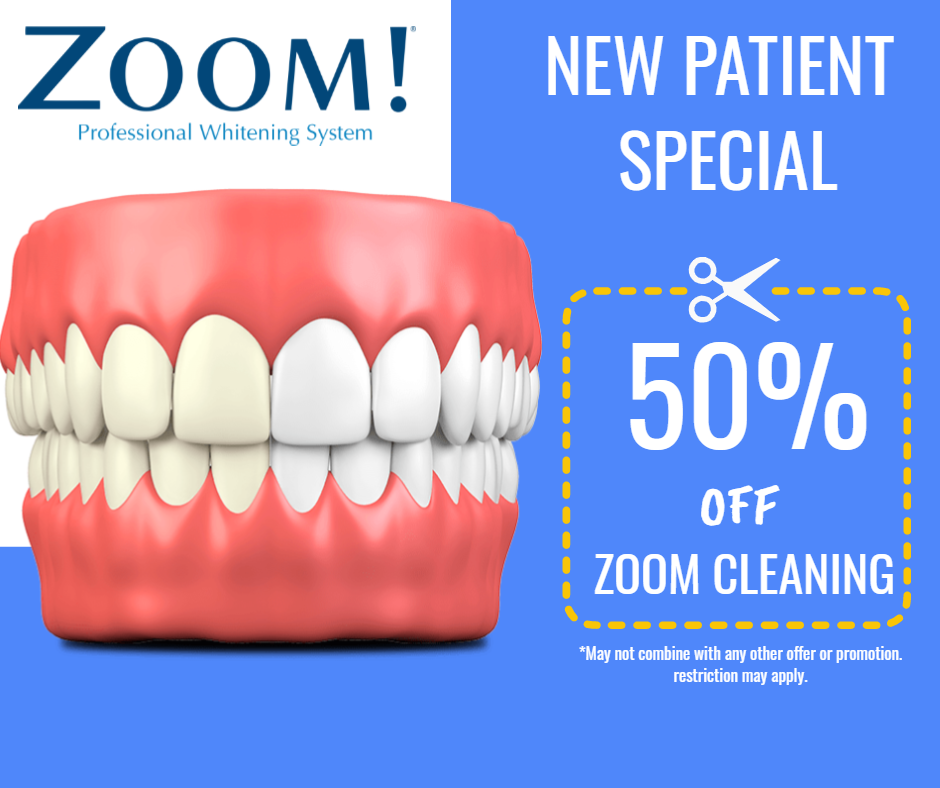
Choosing the Right Whitening Solution:
Understanding the type of dental stain you have is the first step to addressing it effectively. While extrinsic stains can often be reduced with regular dental cleanings and whitening toothpastes, intrinsic stains might require a more intensive approach. Professional whitening products often provide more noticeable results for deeper stains. For those who prefer at-home solutions, a home kit might be a suitable option, offering the convenience of treating discoloration in the comfort of your space. However, always consult a dental professional to select the best solution for your dental needs.
Dive into Professional office Whitening
Opting for professional teeth whitening treatments ensures rapid and noticeable results, with potential improvements of over eight shades. These treatments, which can sometimes be wrapped up in just an hour, surpass the results of most home whitening kits.
Dental professionals in Arlington Heights ensure your lips and gums are protected during the procedure. A specialized tooth whitening gel, rich in hydrogen peroxide, is applied. A specific light is then directed onto the teeth, enhancing the gel’s efficacy and helping it break down stains and discoloration. In certain scenarios, lasers might be used to amplify the whitening process.
Navigating Post-Whitening Care
It’s wise to steer clear of red wine, coffee, and tea for a couple of days after your whitening treatment. Why? Teeth are momentarily more prone to staining after undergoing the whitening process. Though you can reintroduce these beverages after 48 hours, remember they contain tannins that contribute to stains and discoloration over time.
Seeking Teeth Whitening in Arlington Heights, IL?
In Arlington Heights, teeth whitening is among the most sought-after dental services. Contact our trusted dental professional team for inquiries about professional teeth whitening or to schedule a consultation. Restore the gleam of your smile with our top-tier teeth whitening treatments!


